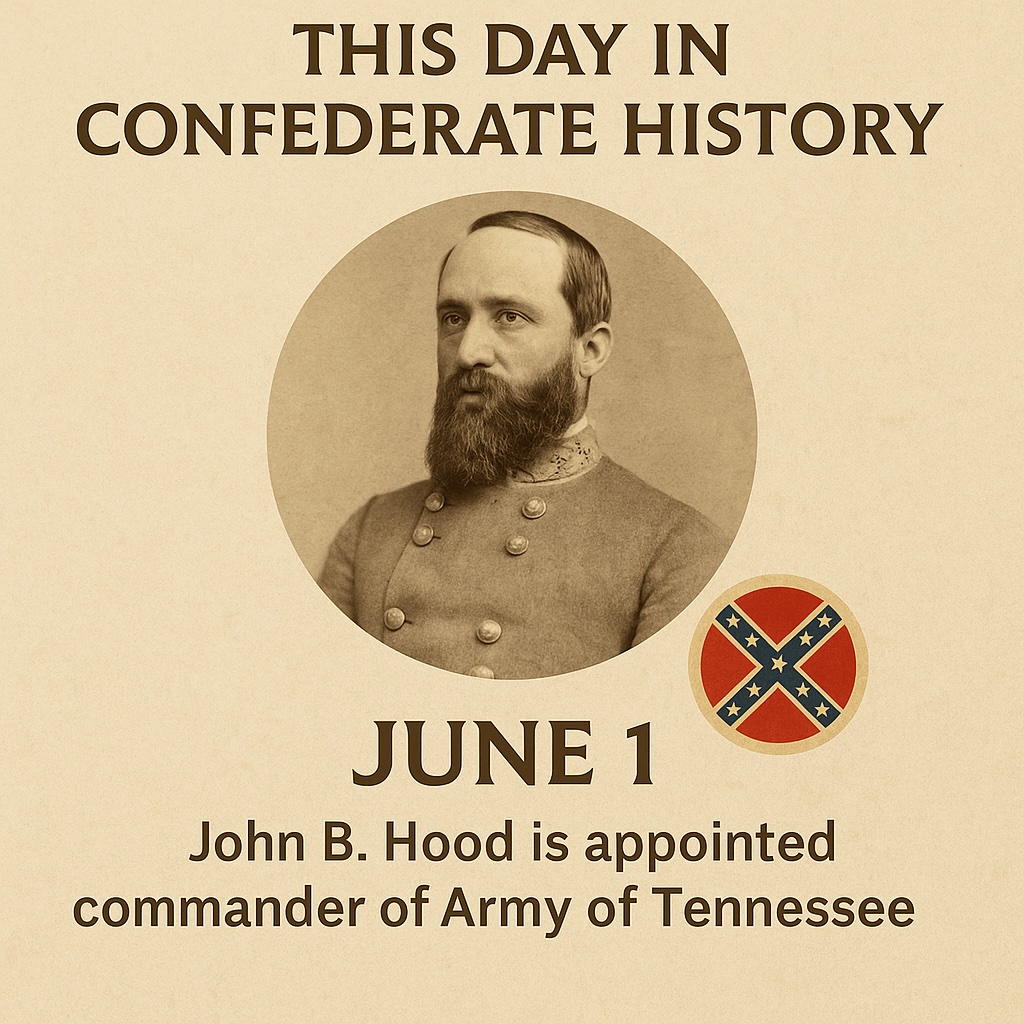
The First Confederate Officer Falls: Captain John Quincy Marr
On June 1, 1861, the Confederacy suffered its first officer casualty when Captain John Quincy Marr was killed in action at the Battle of Fairfax Court House, Virginia. Leading the Warrenton Rifles, Marr was fatally struck during a surprise encounter with Union cavalry. This brief but poignant engagement marked the first land battle of the Civil War resulting in death—foreshadowing the heavy cost of the conflict ahead.
General Robert E. Lee Assumes Command
One year later, on June 1, 1862, General Robert E. Lee officially assumed command of the Army of Northern Virginia, following the wounding of General Joseph E. Johnston at the Battle of Seven Pines. Lee’s ascension marked a turning point in Confederate fortunes. Under his command, the army would achieve a series of daring victories that earned Lee admiration both within the South and among his adversaries.
Battle of Cold Harbor Begins
On June 1, 1864, the initial clashes of the Battle of Cold Harbor began near Mechanicsville, Virginia. Confederate forces under General Lee engaged Union troops commanded by General Ulysses S. Grant. Though the full-scale assault would follow days later, the early encounters laid the groundwork for what became one of the war’s bloodiest—and most lopsided—battles. Lee’s defensive tactics again stalled Grant’s advance, preserving Richmond for a time.
John Bell Hood Appointed to Army of Tennessee
Also notable in Confederate command history, June 1 marks the formal appointment of General John Bell Hood as commander of the Army of Tennessee in 1864. Though controversial for his aggressive style and physical limitations following earlier battlefield wounds, Hood’s leadership became pivotal during the latter stages of the war in the Western Theater. His appointment reflected the Confederacy’s urgent need for boldness in the face of increasing pressure from Union advances.
Reflection
June 1 stands as a symbol of both sacrifice and leadership in the Confederate story—marked by the fall of its first officer, the rise of Robert E. Lee, and the bloodshed at Cold Harbor. Each event reveals a different facet of the Southern struggle: from bold beginnings to costly defense and desperate command shifts. These moments echo the turbulent heart of a nation fighting for its vision of sovereignty.n Confederate history, marking both the first officer’s death in combat and the rise of General Lee’s command. These moments highlight the sacrifices and leadership that shaped the Confederacy’s military endeavors.



More Stories
May 30th Confederate History
This Day in Confederate History: The Birth of a Nation – February 4, 1861